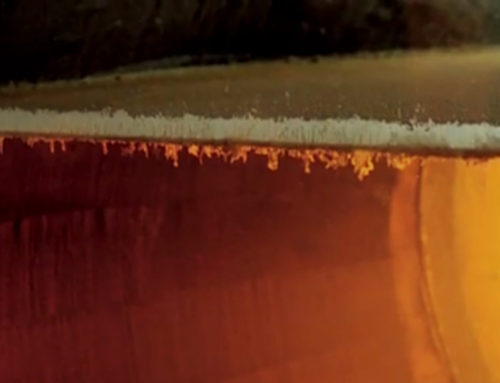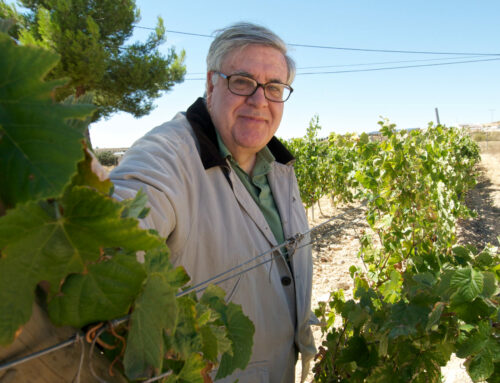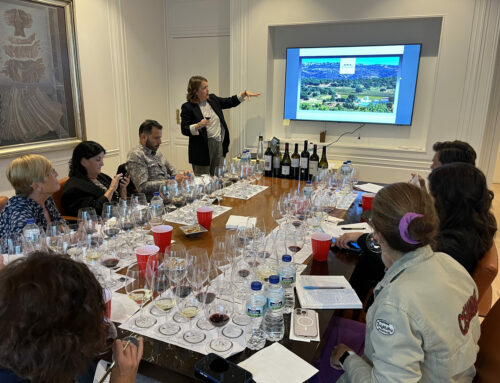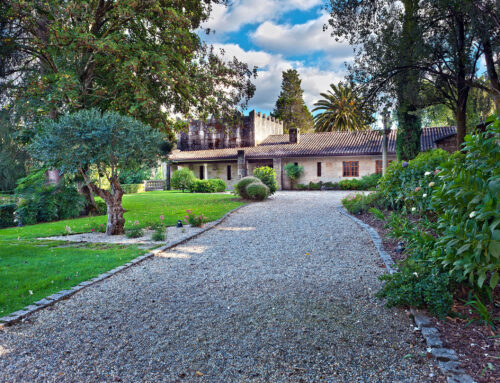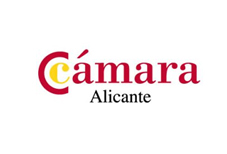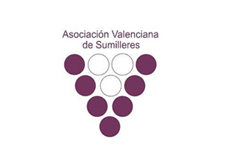By PACO DEL CASTILLO, Lecturer in Sommellerie and Sensory Analysis
A traditional teacher defending traditional wines? That’s how it seems. Paraphrasing Regulation (EU) No. 1151/2012 on food quality, in regard to what is considered “traditional”: “Demonstrated usage for a period of at least 30 years.”
That’s why I claim the term traditional—I’ve been writing about traditional Andalusian wines for over those 30 years.
But this persistence has a downside. I get the feeling that, whether I like it or not, I inevitably repeat myself. So, this time I won’t be as exhaustive as usual. Given that the readers of Grandes Pagos de España are already familiar with these styles, I’ll focus on a few specific topics I find relevant—either because the regulations have changed in recent years, because I want to offer constructive critique, or simply to stir a little healthy debate.
For once, this article doesn’t follow a didactic structure. It’s presented instead as short capsules I’ve titled “specific considerations,” though the first two sections still carry a bit of the professor’s impulse—for which I beg your pardon.
What I’ve actually achieved, finally, is keeping it under six pages, including the four photographs.
1. The Territory
The territorial framework for these two geographical indications from Cádiz (with Manzanilla de Sanlúcar having its own PDO) is widely known, but let’s restate it:
“The delimited zone for wines protected by the Denominations of Origin ‘Jerez-Xérès-Sherry’ and ‘Manzanilla de Sanlúcar’ consists of lands located within the municipalities of Jerez de la Frontera, El Puerto de Santa María, Sanlúcar de Barrameda, Trebujena, Chipiona, Rota, Puerto Real, Chiclana de la Frontera, Lebrija, and San José del Valle.”
In other words, the grape-growing zone is in the northwest of Cádiz province, near the Atlantic coast, bordered by the Guadalquivir and Guadalete rivers, and partially includes the Sevillian municipality of Lebrija.
The first thing to remember is that Manzanilla is produced in exactly the same way as Fino. The grapes may come from any vineyard in the mentioned area, but what makes Manzanilla unique is that its ageing must take place exclusively in Sanlúcar de Barrameda, where the local microclimate is more favorable for the development of flor yeasts.
Secondly, it’s worth noting the recent inclusion of San José del Valle in the production zone and, more importantly, a long-pending issue has finally been resolved: ageing can now legally occur in any of the municipalities within the production zone. Until this regulatory change, ageing was limited to Jerez, El Puerto de Santa María, and Sanlúcar de Barrameda.

2. Climate and Soils
The vineyards endure high temperatures in a Mediterranean climate tempered by Atlantic influence, with two opposing winds playing a major role:
- Poniente—cool, humid (up to 95%)
- Levante—hot, dry (down to 30% humidity)
Atlantic influence is especially evident at night, with cooler and more humid conditions thanks to dewfall. Wind orientation has long influenced the architecture and orientation of the iconic cathedral-style bodegas.
Average annual rainfall is around 620 mm, concentrated in autumn and winter. Summers are typically dry, though the adverse conditions are mitigated by the dominant albariza soils—rich in calcium carbonate. Albariza, with its flaky structure, absorbs water deeply and forms a crust on the surface after rainfall, minimizing evaporation. Its high albedo, due to its whitish hue, helps keep the soil temperature lower.
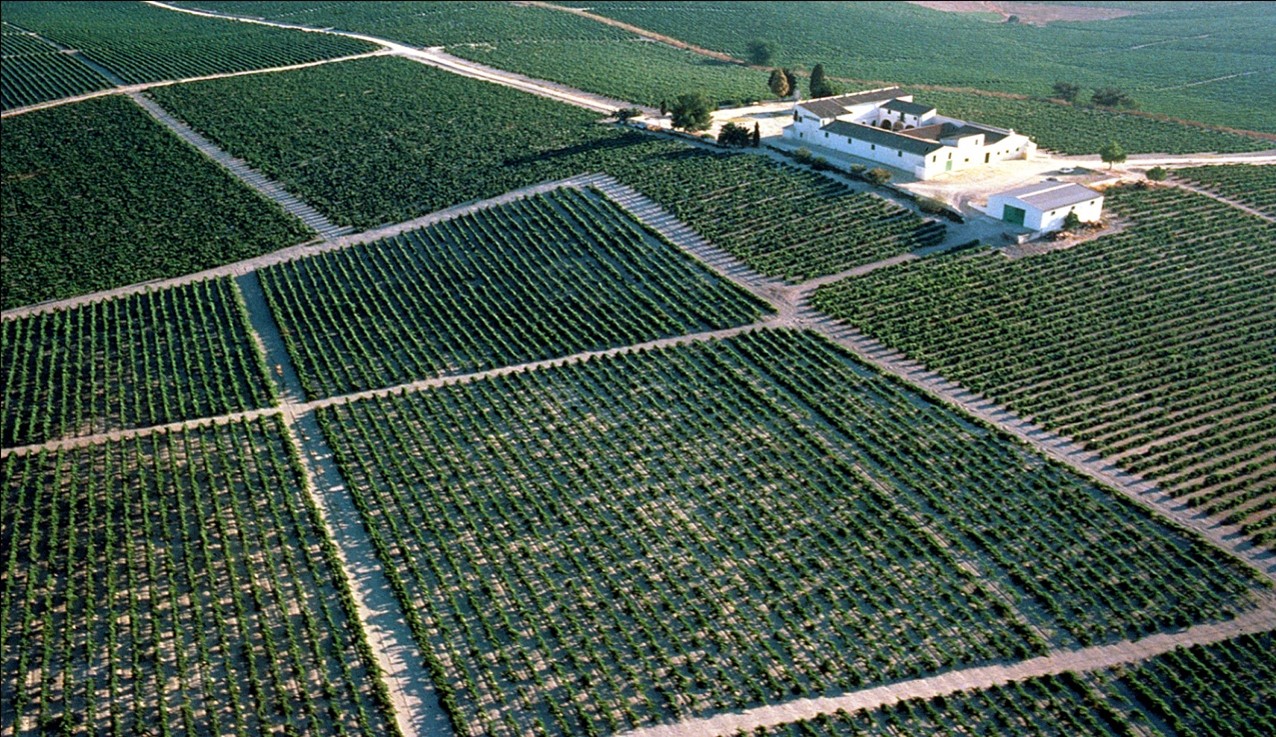
3. The Grapes: Vinifera Varieties
Changes are happening here as well. Although developments in the vineyard will be gradual, regulatory updates have broadened the list of permitted grape varieties—most of which were once common in the region but had fallen into disuse due to the overwhelming dominance of Palomino Fino, which now accounts for about 96% of the vineyard area covered by the two DOs.
The latest specification includes up to ten varieties:
- Palomino (Listán Blanco or Palomino Fino)
- Pedro Ximénez
- Muscat of Alexandria
- Beba
- Perruno
- Vigiriega
- Mantúo Castellano
- Mantúo de Pilas
- Cañocazo
Palomino Fino will likely continue to dominate Fino production, while the fuller-bodied varieties (e.g. the Mantúos and Perruno) may suit oxidative styles, and Vigiriega could be used where more acidity is needed.
4. Fortified Wines
This section may seem a bit opaque to less-informed readers. It reflects a 2023 regulatory update concerning the traditional term vino generoso.
According to the Official Journal of the European Union (DOCE 4.08.23):
“The term ‘vino generoso’ is reserved for dry wines and dry fortified wines from the PDOs: Condado de Huelva, Jerez-Xérès-Sherry, Lebrija, Málaga, Manzanilla-Sanlúcar de Barrameda, Montilla-Moriles, and Rueda,”
…which must:
- Be made from authorized white varieties in each PDO.
- Be aged for at least two years in oak barrels.
- Develop a spontaneous veil of flor yeast after full alcoholic fermentation (except in dry traditional wines from Málaga).
- Reach a minimum of 14% ABV (wine) or 15% ABV (fortified wine), except where EU law allows otherwise.
In my humble opinion, and for the sake of greater clarity, I believe point 3 (regarding flor) should be removed or reworded. Instead, we should simply refer to “dry traditional wines” across the mentioned PDOs, and clearly list their names as stated in the official specifications.
5. Wine, Fortified Wine, and the ABV of Finos and Manzanillas
According to current EU rules (written, in fact, by Spaniards), it’s possible to produce a Fino at 14–14.5% ABV if no alcohol is added—this is classified as wine. Once fortified, the minimum required ABV is 15%—now classified as fortified wine.
This alcohol content issue is significant. In Montilla-Moriles and even in Málaga (Mollina), reaching 14% naturally is easier thanks to the higher sugar potential of Pedro Ximénez, compared to Palomino Fino (Listán in Huelva) or Zalema.
Personally, I prefer 14% Finos over 15%, and many would agree. Paradoxically, the 15% Finos from Jerez may feel “lighter” because higher alcohol levels reduce glycerol content, especially with equal ageing. Ongoing studies, including those with Professor Cristina Lasanta, show that consumers do not perceive organoleptic differences between 14% and 15% Finos.
Historically, alcohol content has been more about winemaking logistics than brand philosophy. Most bodegas would likely prefer 14%—healthier and cost-saving—but this requires more work in the vineyard: lower yields, sun-drying grapes, and precise control over biological ageing.
At 15%, wine is more microbiologically stable—better protected against rogue yeasts or bacteria. That’s why some Montilla-Moriles producers limit their low-ABV offerings to small volumes. Managing millions of liters at 14% is riskier than at 15%.
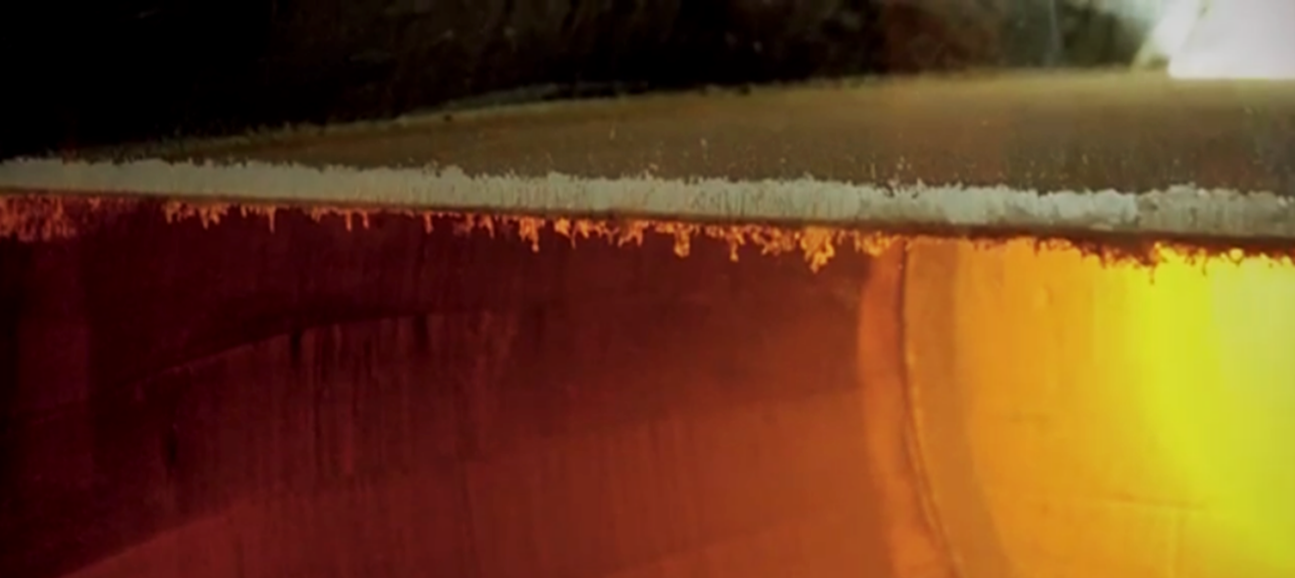
6. More on Alcohol Levels
Alcohol content remains a challenge for Sherry and Montilla-Moriles wines. We all know that extended ageing in barrels not only enriches the wine aromatically but also causes concentration. Oxygen permeates the wood, and water escapes through the staves—especially in dry conditions.
It’s not unusual for very old dry wines (VORS Olorosos, Amontillados, Palo Cortados) to reach 22% ABV. These wines integrate alcohol so well that consumers don’t mind the strength—but naturally, they’re not meant to be consumed in large quantities. Their richness and sapidity limit intake.
7. The Case of Sweet Pedro Ximénez Wines
With sweet PX wines, ageing leads to alcohol loss due to the high sugar and low water content. When these wines are finally released, they must legally have at least 15% ABV—often requiring added alcohol.
This is unfortunate for the consumer—not only due to higher ABV but because the original wine, aged for 35 years in oak, has lost its integrated alcohol character. Fortifying again disrupts balance, even if a further resting period helps restore harmony.
A solution could be to ask the EU to further exempt PX wines—just as they’re already exempt in terms of origin. In fact, most PX sweet wine sold from Jerez comes from Montilla-Moriles.
EU law already allows musts from sun-dried PX grapes, fortified with neutral spirit, to be sourced from Montilla-Moriles—even for wines labeled under DO Málaga or Jerez-Xérès-Sherry.
Returning to the main issue: very old PX wines should be allowed lower ABV, as the enological logic supports it. Yes, this would require more rigorous oversight from the Regulatory Council, but:
- Consumers benefit from a more drinkable wine.
- Wineries save money by avoiding a second fortification.
- Only alcohol producers would lose out.
Finally, I encourage bodegas to lower the ABV of their PX sweet wines to the legal minimum of 15%. While there are superb wines at 17%, in Jerez and Montilla-Moriles alike, I believe they would be even better with slightly less alcohol.


